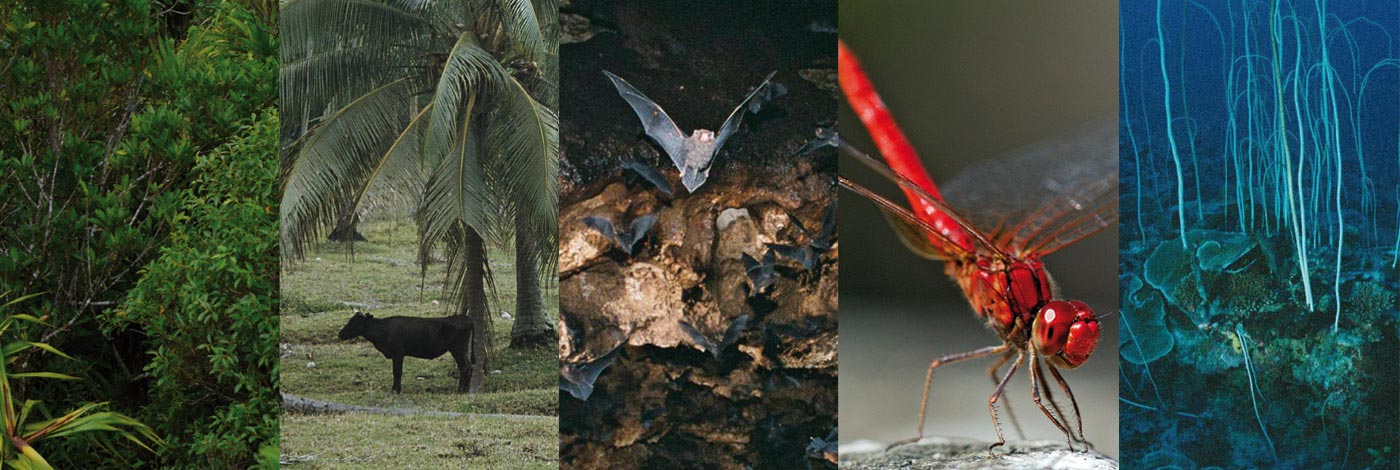
 Volume 70
Volume 70 Published on 14 April 2011
The islands of the Pacific are renowned for the high levels of endemism of, and threats to, their unique faunas and floras. Espiritu Santo, affectionately known simply as Santo, is an island of superlatives: the largest and highest in Vanuatu, Santo is an extraordinary geographical and cultural microcosm, combining reefs, caves, mountains, satellite islands, and a history of human habitation going back 3 000 years. In the spirit of famous voyages of discovery of the past, the Santo 2006 expedition brought together over 150 scientists, volunteers and students originating from 25 countries. With contributions by more than 100 authors, The Natural History of Santo is a lavishly illustrated homage to the biodiversity of this "planet-island". Bridging the gap between scientific knowledge and conservation and education, The Natural History of Santo was written with local stakeholders as well as armchair naturalists from all over the world in mind.
BOUCHET P., LE GUYADER H. & PASCAL O. (eds) 2011. — The Natural History of Santo. Muséum national d'Histoire naturelle, Paris ; IRD, Marseille ; Pro-Natura international, Paris, 572 p. (Patrimoines naturels ; 70).